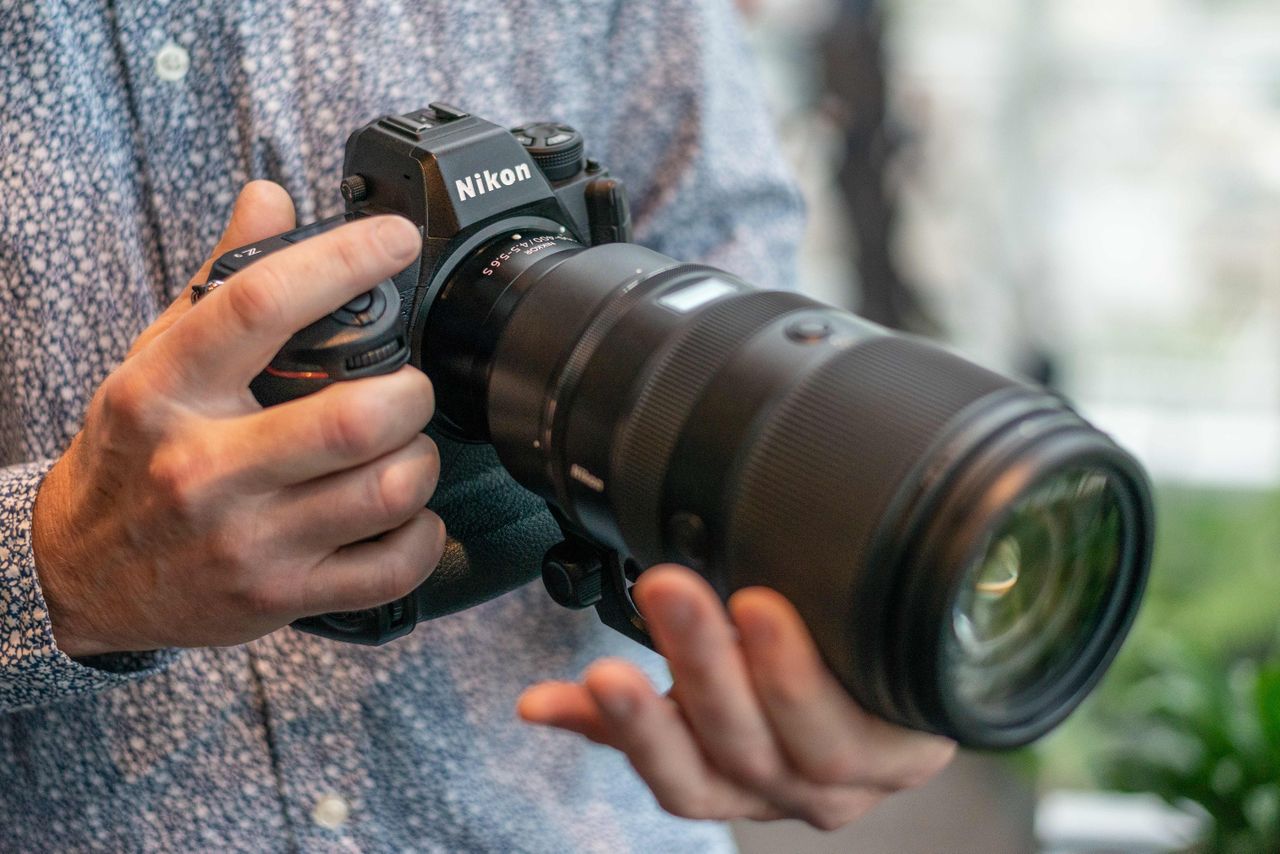
In an update on Nikon’s medium-term management plan, Nikon CEO Toshikazu Umatate indicated that the company plans to bring its flagship features to more cameras.
“Going forward, we will continue to roll out the advanced features of our flagship model ‘Z9’ to other models, while expanding our interchangeable lens lineup and focusing on attracting new users, particularly younger customers, in addition to core fans in the robust mid- to high-end camera market,” Umatate wrote in an update to the company’s medium-term management plan (translated by Google).
Umatate didn’t indicate what bringing more Nikon Z9-like features may look like, but looking at models like the Z6 III and Z50 II – which the CEO said have been strong sellers – offers hints. While the Z6 III doesn’t have the resolution of the Z9, it uses a partially stacked sensor that brings faster speeds than earlier Z6 models. Even the more budget-friendly crop-sensor Nikon Z50 II uses the same Expeed 7 processor as the Z9, which brings significant improvements in autofocus and speed over the original Z50.
An expanded lineup of Z mount lenses is also among the company’s future plans, the CEO indicated.
While Nikon says mid to high-end cameras are part of the brand’s core fans, suggesting a continued focus, the company plans to also tempt new, younger users. Umatate didn’t offer any hints as to what features may attract new users from younger generations. But, looking at the trends may offer some hints as to what younger generations are looking for in a camera. Compact cameras are popular among Gen Z, including older single-digit megapixel “retro” digicams and vlogging cameras.
Video is another area of expansion for the company, which likely doesn’t come as a surprise after Nikon purchased RED Digital Cinema Inc. and then launched the Nikon Zr.
Along with the updated plan shared last month, Nikon also shared a Vision 2030, which imagines “a global society where humans and machines co–create seamlessly.”
The Vision 2030 focuses largely on manufacturing, environmentally-friendly energy, and healthcare, but Nikon’s imaging business segment may come into play in plans to create spaces for remote learning, which includes “development of tools that anyone can use, with 3D and 4D technologies that could previously only be handled by a few people.”
You may also like
Browse the best Nikon cameras or the best Nikon mirrorless lenses.







